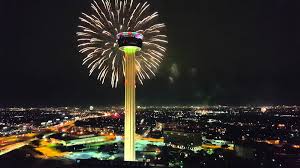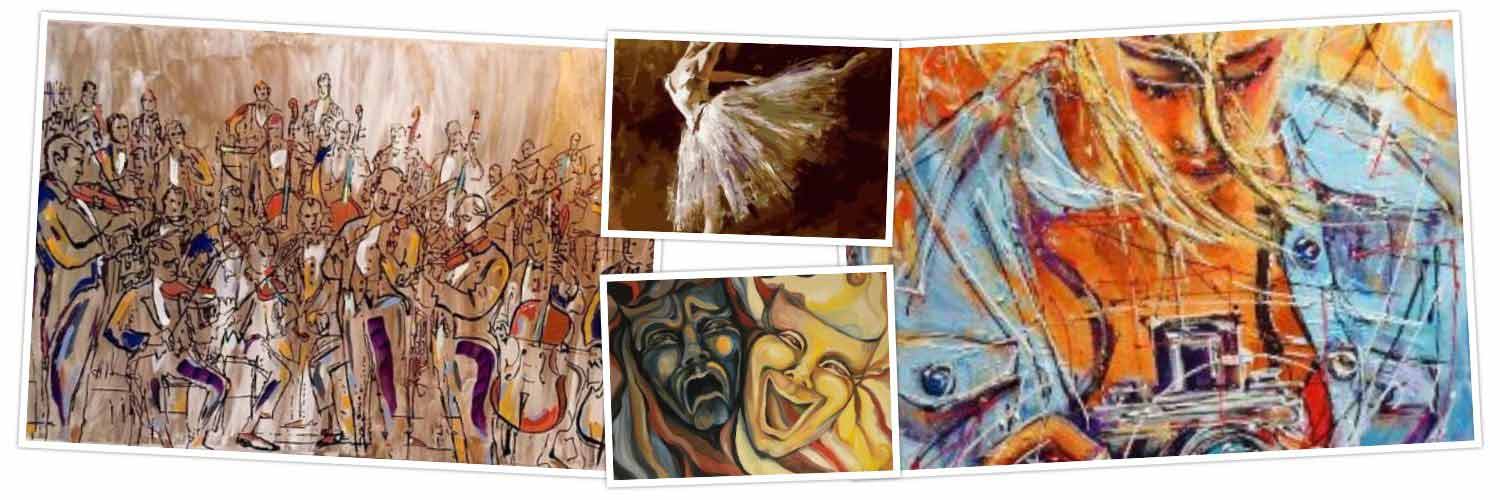New Year’s Celebrations
We still have some holidaying to do this week before returning to normal life, and that includes New Year’s Eve, the traditional party night, and, of course, New Year’s Day which is an official holiday.

Though I have always celebrated the coming of a new year, I have never wondered when and how the tradition started. There’s no obvious single reason to choose one particular day as the beginning of the year, and in fact, not every country and culture observes January 1 as New Year’s Day. Yet the tradition itself is pretty old. According to history.com, it probably started about 4,000 years ago in ancient Babylon, where people coordinated their festivities with the first new moon following the vernal equinox, which is a day in late March with an equal amount of sunlight and darkness. Well, that sounds like a logical starting point, based on something real and observable
But Jan. 1 is not exactly arbitrary either. Wishing to align the Roman calendar with the movement of the sun, Julius Caesar added 90 days to the year 46 B.C. when he created his new Julian Calendar with the help of astronomers and mathematicians of his day. Again, according to history.com, his intention was, at least in part, to honor Janus, the Roman god of beginnings. And guess what? Romans celebrated pretty much like we do today by exchanging gifts, decorating their homes and having parties!
Things changed again over the centuries as the Julian calendar was replaced by the Gregorian one but Jan. 1 continued to be the official start of the new year. Still today, however, a number of Christian Orthodox nations continue to follow the Julian calendar, celebrating Christmas on Jan. 7 and New Year’s Day on Jan. 14. What’s nice for the folks who live in those countries – Russia, Serbia, Georgia, North Macedonia, and others – is that they get additional winter holidays by first celebrating according to the official civil calendar and then partying all over again in January. I lived in one of these countries and can remember the long series of special days and beautiful liturgical ceremonies. Even here in the U.S. some Orthodox Christians choose to honor their historical traditions in addition to joining the majority in the secular festivities.
Asian countries have their own dates, and at least one, India, is home to multiple traditions as its many ethnic/religious communities have different practices and rituals – and dates – that mark the beginning of a new year.
Here in San Antonio, the city and the Parks Foundation are organizing a huge New Year’s Eve fest downtown, in and around Hemisfair Plaza. The 10-member band Melange will entertain for several hours, and there will be vendors, a Family Zone sponsored by H-E-B, the Michelob Ultra DJ Lounge for ages 21 and up, and other activities. It all ends with grand fireworks. – Russia, Serbia, (Celebrate San Antonio, 6 p.m. – 12:15 a.m.; free; Hemisfair, 434 S. Alamo St.) Warning: downtown will be very crowded and crowds can be unpredictable.
Happy New Year!
